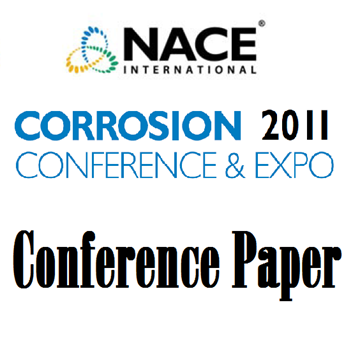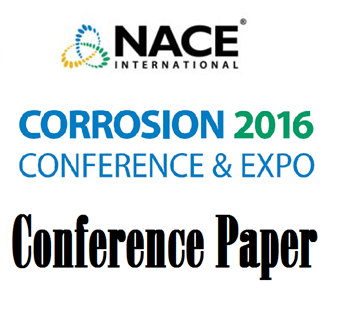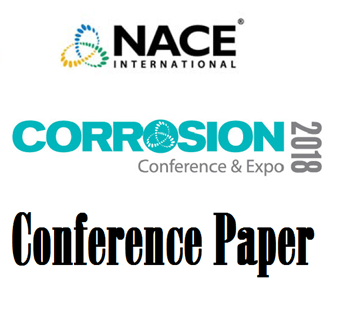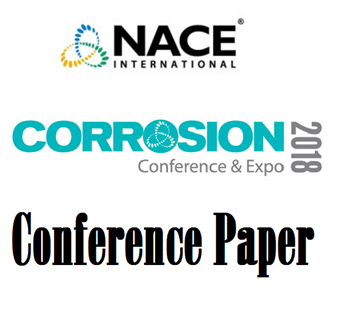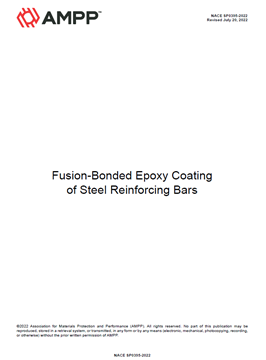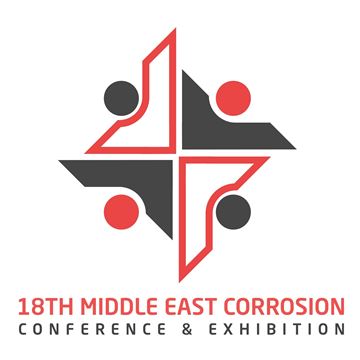Search
Products tagged with 'fbe'
View as
Sort by
Display
per page
11031 Advances in Damage Resistant Coating Technology
Product Number:
51300-11031-SG
ISBN:
2011 11031 CP
Publication Date:
2011
$20.00
51316-7024-High Temperature FBE Coating Disbondment in Multi-Layer PP Insulation Coatings
Product Number:
51316-7024-SG
ISBN:
7024 2016 CP
Publication Date:
2016
$20.00
51318-10987-Development of low application temperature coating systems for steel pipelines
Product Number:
51318-10987-SG
Publication Date:
2018
$20.00
51318-11533-Blistering Mechanism of High Tg Temperature FBE Coatings
Product Number:
51318-11533-SG
Publication Date:
2018
$20.00
Field Experience of Various Coating Systems in Oil & Gas Industry
Product Number:
51324-20360-SG
Publication Date:
2024
$40.00
Investigation of the mechanisms and kinetic of cathodic disbondment in seawater and soils
Product Number:
51323-19258-SG
Publication Date:
2023
$20.00
Key Points Specifically For Transmission Pipeline Coating
Product Number:
51322-17760-SG
Publication Date:
2022
$20.00
NACE SP0395-2022, Fusion-Bonded Epoxy Coating of Steel Reinforcing Bars
Product Number:
NACE SP0395-2022
Publication Date:
2022
$109.00
Pipeline Coating Corrosion, Understanding Testing and UV Degradation of Fusion Bonded Epoxy Coatings
Product Number:
51321-16325-SG
Publication Date:
2021
$20.00
Success Story: The Rolling Journey of Coatings Standards (2011 – 2021)
Product Number:
MECC23-19869-SG
Publication Date:
2023
$20.00

